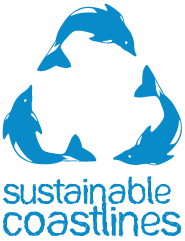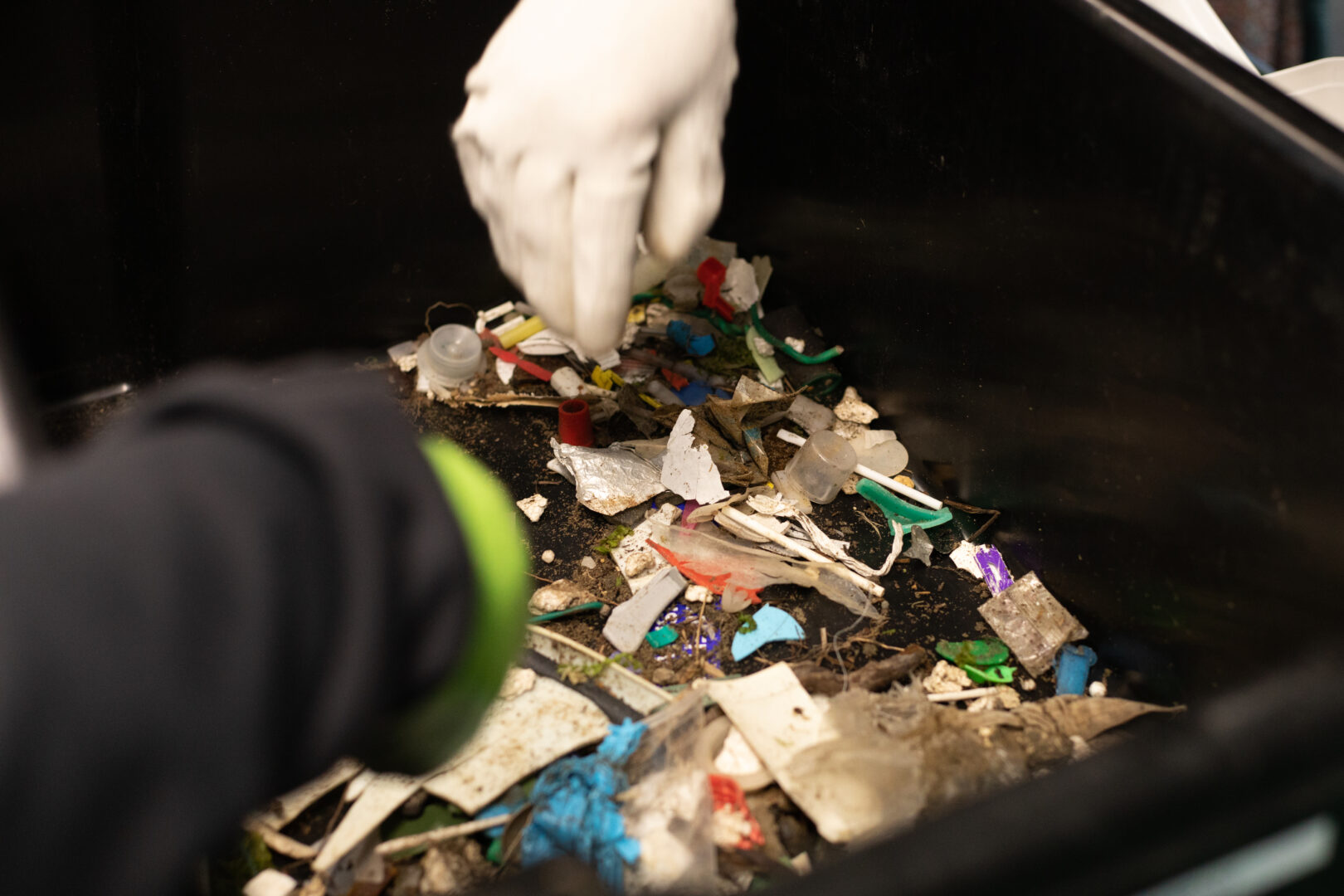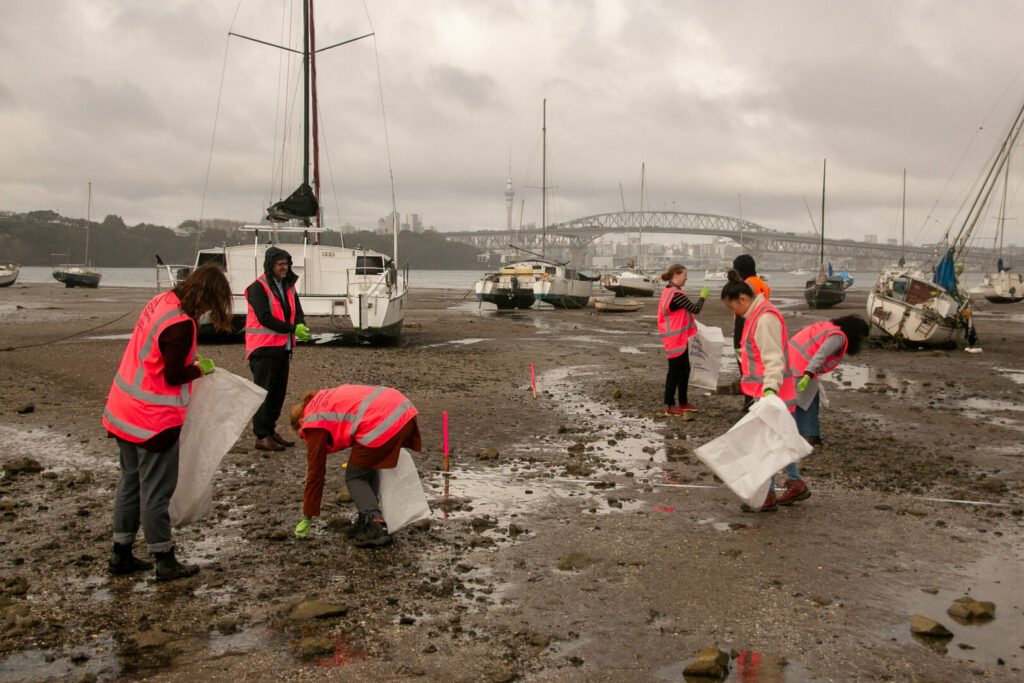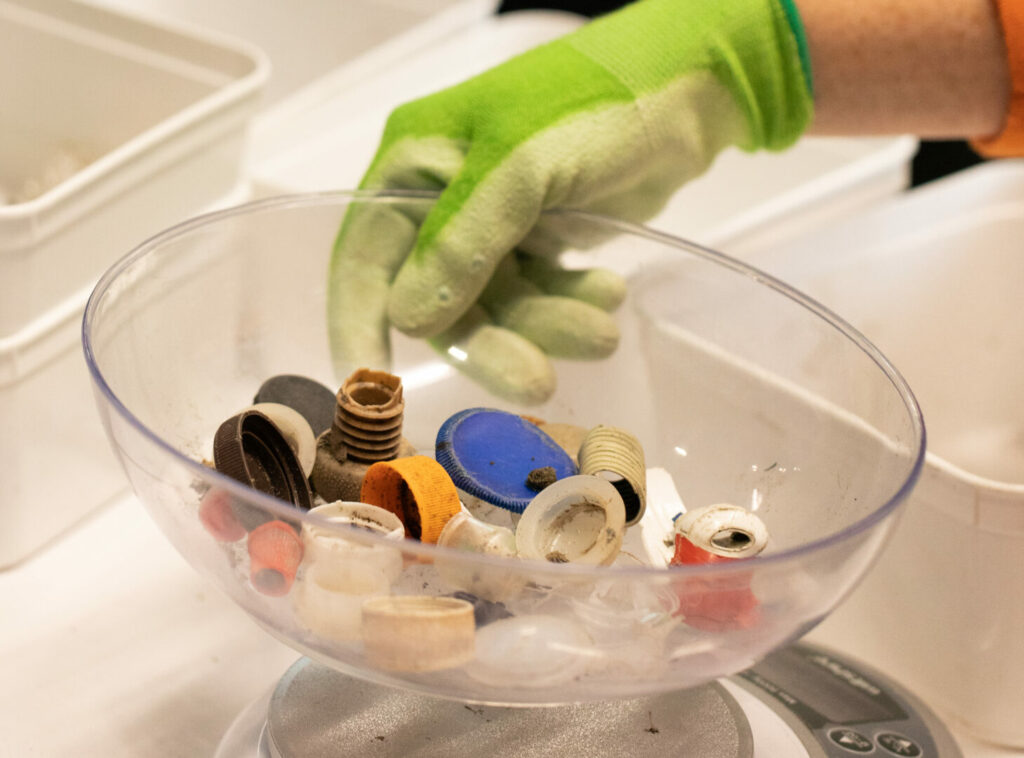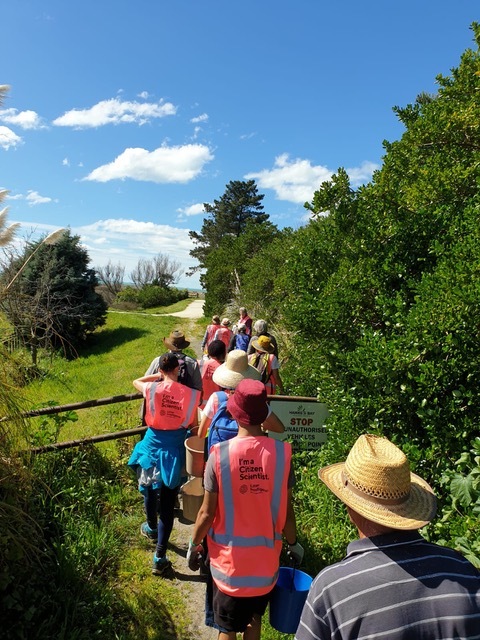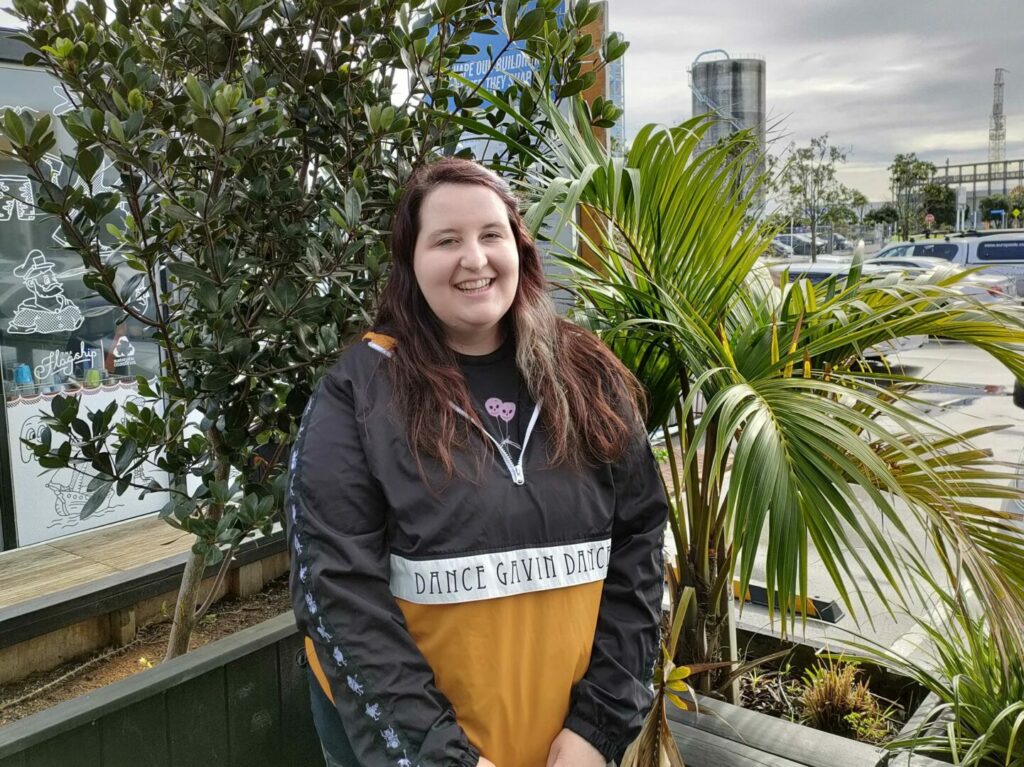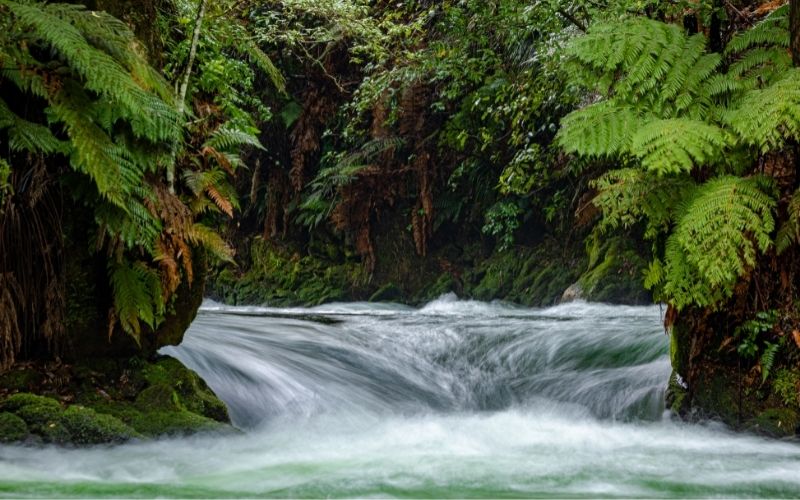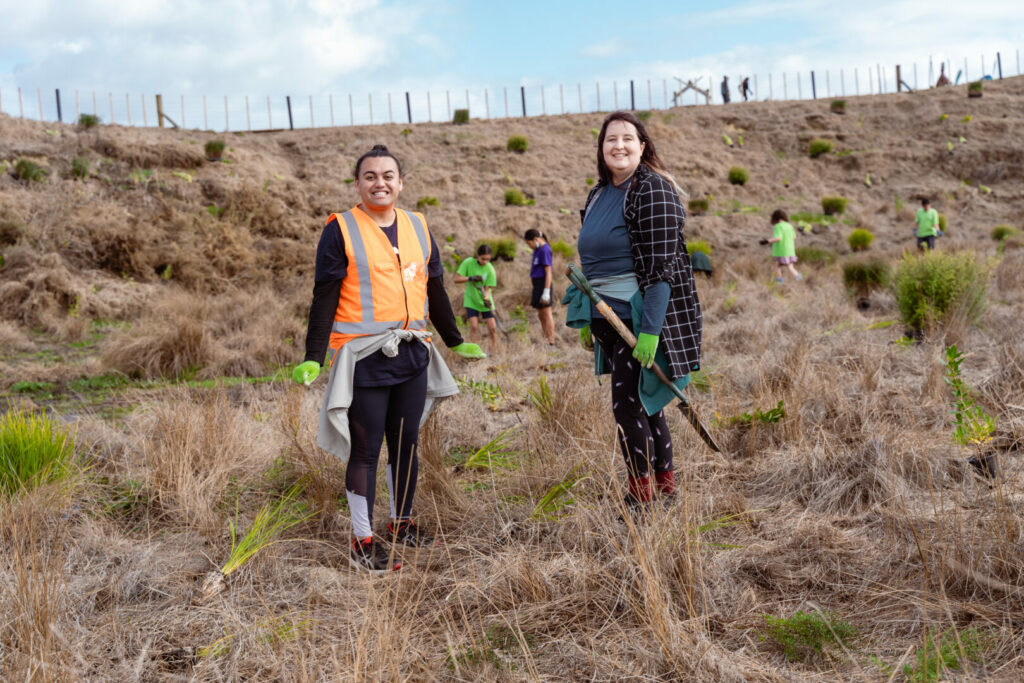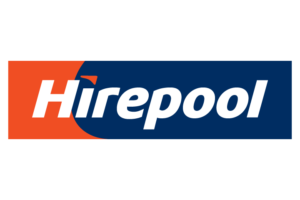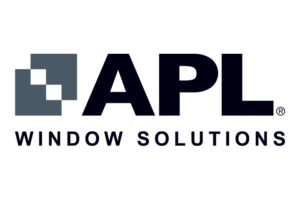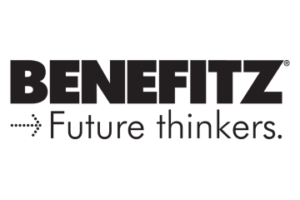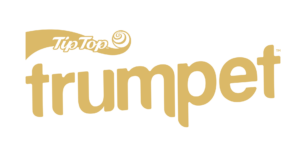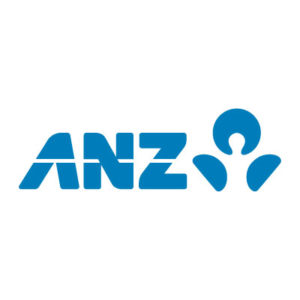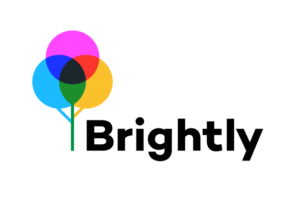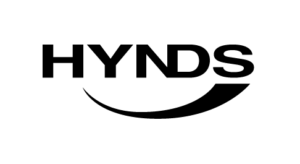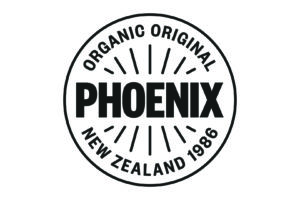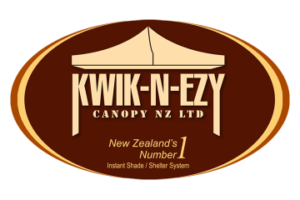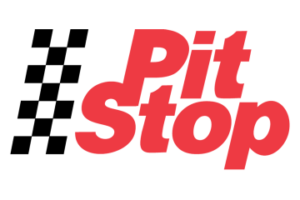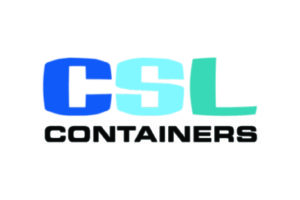Hitting the sweet spot: why regular beach litter surveys matter
In 2023, citizen scientists put on their pink vests and surveyed the litter on 216 beaches around the country for our national litter database, Litter Intelligence. Every survey contributes meaningful data, but more frequent surveys give us superior insights into the litter problem as it presents on the local coastline.
Beaches vary in their physical characteristics, such as shape, substrate, and wind exposure, which means litter acts differently on different beaches. On some, it gets washed or blown away quickly, while on others, litter can end up in sheltered spots and stay there for a very long time.
Every survey, the beach is essentially ‘reset’ — the monitoring group removes all the litter, providing a clean slate for the litter to accumulate for the following survey. This is why the data from the very first survey at a given site isn’t representative of things to come: we don’t know how long the litter there took to accumulate. A beach with very little litter arriving may appear very ‘dirty’ because its characteristics mean it is good at retaining litter. Likewise, a beach that appears relatively clean may in fact receive a decent amount of litter, but the wind or tides take it away.
